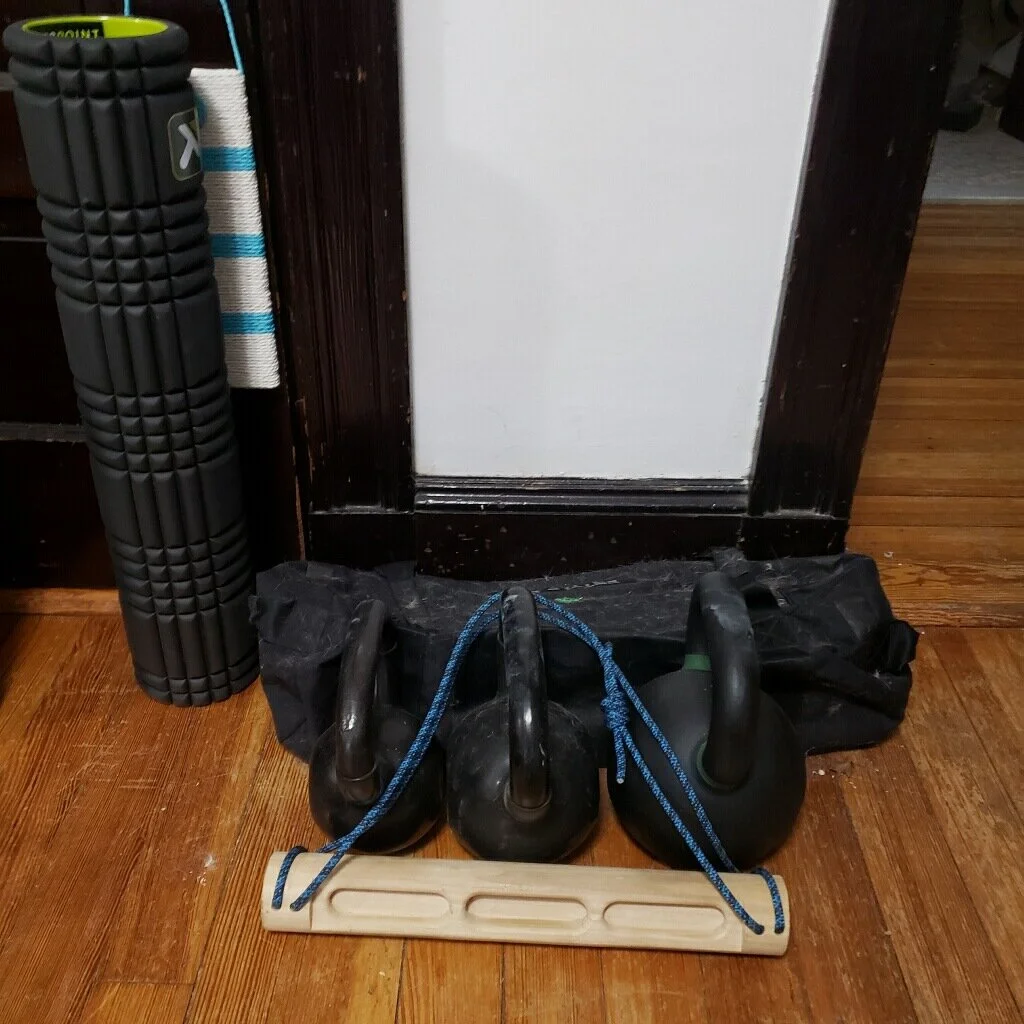Navigation Games and Social Distancing
Land navigation is an easily lost skill that requires deliberate practice to remain proficient. It is a skill that is amenable to practicing during these times of social distancing as well as on rainy days.
Outdoor drills:
Using a compass is simple in theory, but difficult in practice. A compass is a very simple tool that can be easily affected by nearby metallic objects, poor horizontal alignment as well as user error. The best way to avoid these problems is to spend a large amount of time with a compass. I personally feel that navigating at night is one of the best drills, it is also the most risky and difficult to implement. Instead of that here are some useful drills to shake the rust off of your compass skills.
Walk the line:
This is pretty foundational to using a compass. First drop a marker on the ground, this could be a water bottle, a cone, or anything else that is easy to find later. Next is to pick a bearing and walk out a given number of steps following that bearing. The hard part is not to cheat. Do this exercise only using a compass. Do not use landmarks, or look out ahead of yourself. Also don’t put your marker on a defined feature. Now, take a back bearing and walk the same number of steps. How close are you to where you started?
Walk the triangle:
This drill is similar to walking the line however instead of going out and immediately returning you will walk an equilateral triangle, hopefully. The setup is the same as walking the line. Now pick a direction and number of steps and move out. When you reach your step count turn 120 degrees in a given direction (clockwise or counter-clockwise). Walk the same number of steps and turn in the same direction a third time 120 degrees. If you walk out the same number of steps how close are you to your start point.
Both of these drills help you get better at following a bearing, assuming you don’t cheat. If you are doing this in a park it would be easy to correct your course on visual queues other than your compass, however you are only cheating yourself out of some good practice.
Static courses
Many orienteering clubs have courses that are set up permanently, which are a great place to train outside. First try to complete the courses as described by the club. Then devise your own routes and see how quickly you can complete them. This will help you develop your skills at quickly reading a map and orienting yourself with terrain features.
Indoor practice
There are a number of skills you can learn and practice indoors. If you have learned about UTM coordinates then you can spend some time with a map quickly figuring out the coordinates of points. Work with a friend and give each other coordinates and see how quickly you can find them.
One of the best things tools you have while stuck inside are some of the orienteering “games” like VirtualO. These games/simulations are a great way to work through terrain association, map reading, route planning and quick problem solving. So much so that many high level orienteers spend significant time perfecting their skills in these simulation environments. This practice in planning and map reading will pay off in how quickly you can make navigation decisions in the field.
By Scott Powers. If you found Scott’s post useful, consider sending him a few bucks. (Venmo: @scott-powers-0)






